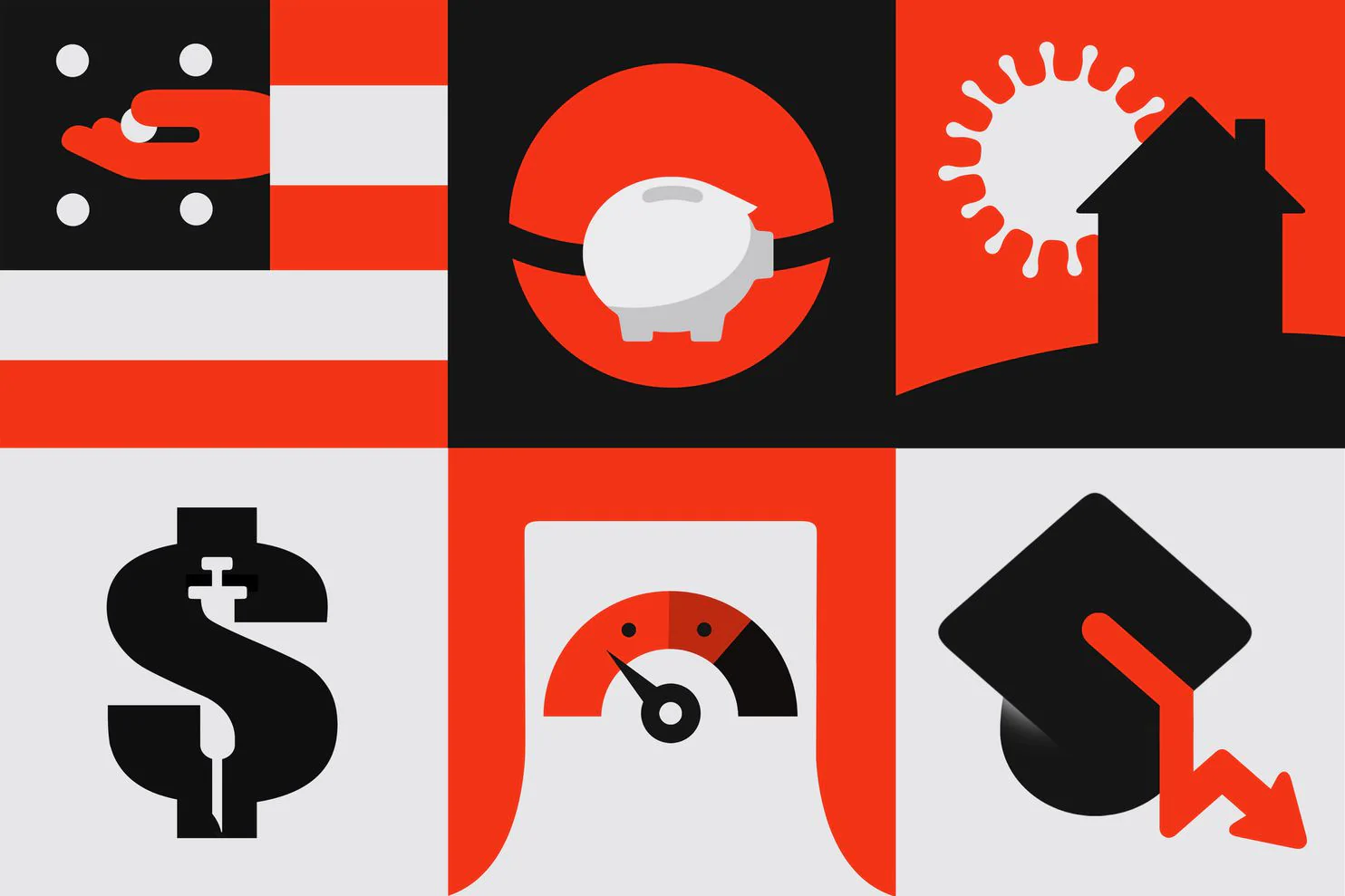The coronavirus pandemic has turned people’s financial lives upside down. Millions are unemployed or have seen their income significantly reduced. Account balances in IRAs and 401(k)s and similar workplace retirement accounts have fallen.
The Washington Post personal finance columnist Michelle Singletary as well as other Post reporters and financial experts are here to answer your money-related pandemic questions.
Please click on the links below to get answers on specific topics. This list will be regularly updated.
[If you don’t see your question answered, please submit it here]
Stimulus payments
The $2 trillion Coronavirus Aid, Relief, and Economic Security or Cares Act, or Cares Act, included up to $1,200 in stimulus payments for individuals and up to $2,400 for couples, plus $500 for each dependent child. Millions of Americans were supposed to have their payments deposited directly in their bank accounts starting on April 15. Tens of millions more will get their payments in the coming weeks.
Stimulus checks: How much, when and everything else you want to know
- How much money will I get?
- What if I’m not required to file a tax return, how will I get my payment?
- What do I have to do to collect a stimulus payment?
- I receive Social Security and don’t file a tax return. How will I get my money?
- Do college-age children get a stimulus payment?
Stimulus check glitches
The launch of the stimulus check distributions exposed a number of problems with the Internal Revenue Service’s direct deposit process and the “Get My Payment” tool.
Many people reported that they received less than what they were supposed to get — or in some cases that they were overpaid. Parents did not get the $500 payments for dependent children under 17.
People also complained about not being able to access the feature, or getting locked out.
Here are some common problems — and what you can or can’t do about them.
Stimulus check glitches: Why you’re having trouble and what you can do about it
- Why didn’t we get our stimulus payment?
- Why do I keep getting a ‘Payment Status Not Available’ message?
- Was my stimulus payment delayed because I used a tax preparer?
- Why do I keep getting locked out when I try to enter my direct deposit information?
Unemployment benefits
To stem the spread of the coronavirus, millions of workers have been laid off or furloughed. Unemployment levels are at their highest since the Great Depression.
More than 22 million Americans applied for unemployment relief within the first four weeks of President Trump’s March 13 declaration of a national emergency due to the coronavirus pandemic.
The Coronavirus Aid, Relief and Economic Security Act, or Cares Act, provided supersized unemployment benefits — even for workers not traditionally covered by unemployment insurance. But some states are reporting it is going to take time to process their claims.
How to apply for unemployment benefits after losing your job due to the pandemic
- How much can I get if I’ve been laid off or furloughed?
- What if I had to quit work to take care of a spouse or child?
- I’m a freelancer. Do I qualify for unemployment benefits?
- I’m already receiving unemployment benefits. Am I eligible for additional assistance?
- I’ve been trying to apply for unemployment but can’t get through. What should I do?
Rent strikes
For the tens of millions of people unemployed and others who still have jobs but whose income has been severely reduced, the novel coronavirus has made it harder to keep a roof over their heads.
Some tenants have banded together in not paying their rent, going on a “rent strike” to protest for financial relief from the government. Here are some questions and answers on the pros and cons of such a move.
Why a rent strike makes sense during the pandemic. And why it doesn’t.
- Should I participate in a renters’ strike?
- What’s the down side of taking part in a renters’ strike?
- If I’m covered by an eviction moratorium, what do I tell my landlord?
- What should I do if I get a final court order to vacate?
Small-business loans
Congress has allocated about $600 billion for a small-business-loan program called the Paycheck Protection Program. The program is designed to get cash into the hands of suffering small businesses quickly, with less red tape and fewer guardrails than the Small Business Administration’s existing loan programs. It is designed to incentivize business owners to keep employees on the payroll by offering them loan forgiveness. The new loan program is separate from existing federal loan programs, including the SBA’s disaster relief loans, which have also received new funding from Congress. — Aaron Gregg
How to get a small-business loan under the new $484 billion coronavirus aid package
- How do I apply for a small business loan through the Paycheck Protection Program?
- Which businesses qualify?
- When will the new funding be made available to small businesses?
- What costs will the new loans cover?
Going back to work
The push to reopen the economy is accelerating. After seven weeks of social distancing and working from home, many Americans are heading back to work — and many employees and consumers are anxious about their safety. At this uncertain time, here is a guide to what your employer can — and can’t expect you to do. —Karla L. Miller
What you need to know about going back to work
- Can my employer make me return to work if I don’t have child care?
- Can my employer make me return to work if I have an underlying condition?
- Do I have to return to work if I am receiving more in unemployment benefits than I would be receiving in wages?





